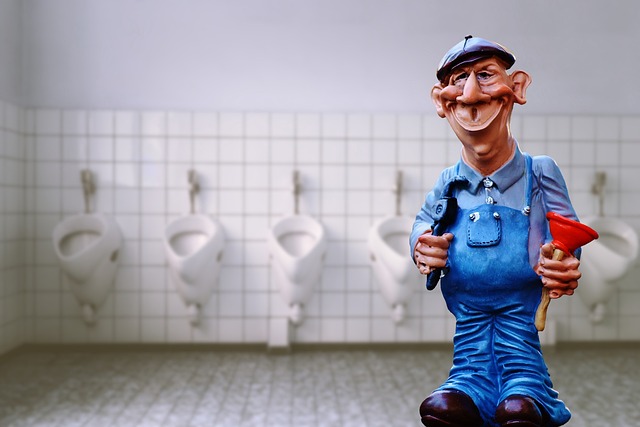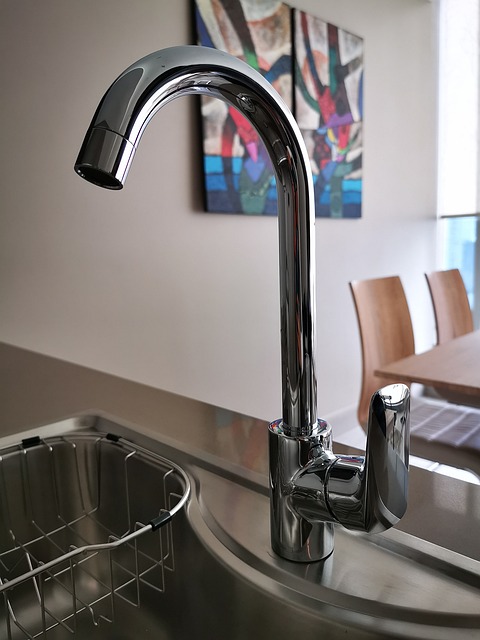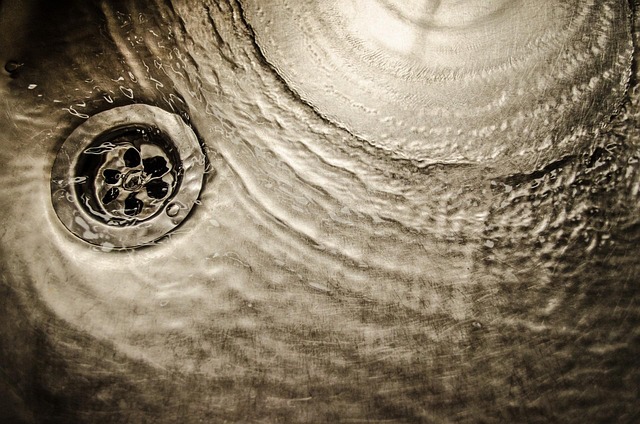Regular drain maintenance and recognizing early signs of clogs, such as slow drainage, unusual noises, and water pooling, can prevent costly future repairs. Common culprits include hair, grease, food particles, and foreign objects. Addressing these issues promptly ensures optimal drain function and prevents severe clogs, pipe damage, leaks, and flooding.
Is your drain acting up? It might be trying to tell you something. This article delves into the 10 subtle yet critical signs of a clogged drain, helping you identify common issues like buildup and obstructions. Learn to recognize symptoms such as slow drainage, peculiar odors, and gurgling sounds, and discover when professional intervention is necessary. With practical prevention and maintenance tips, keep your drains clear and efficient, avoiding costly clogs.
- Understanding Common Drain Issues
- – Identifying typical causes of drain clogs
- – The role of buildup and obstructions in drains
Understanding Common Drain Issues

Many common drain issues can be easily overlooked, but understanding these problems is crucial for maintaining a healthy plumbing system. Signs of a clogged drain are often the first indicators that something is amiss. These include slow drainage, water backing up into sinks or showers, and unusual noises like banging or gurgling coming from drains. Over time, these issues can escalate, leading to more severe problems such as pipe damage, leaks, and even flooding.
Regular maintenance, such as using drain covers and avoiding disposing of grease, hair, or other non-biodegradable materials down the sink, can help prevent these common drain issues. Knowing the signs of a clogged drain allows you to take prompt action, saving you from more costly repairs in the future.
– Identifying typical causes of drain clogs

Many homeowners often overlook the subtle signs that their drains are struggling, leading to more severe clogs and costly repairs. Identifying the early indicators of a blocked drain is crucial for maintaining a functional plumbing system. Common causes of drain clogs include accumulated hair, grease, and food particles, especially in kitchens and bathrooms. These substances can adhere to the insides of pipes over time, gradually narrowing them and eventually causing a complete blockage. Other typical culprits are foreign objects like toys, sanitary products, or even flushable wipes, which are not designed for use down the toilet.
Paying attention to unusual drain behavior is key. If you notice slow drainage, gurgling sounds, or water pooling around the drain after prolonged flushing, these could be signs of an impending clog. Additionally, a strong odor emanating from the drain might indicate a build-up of organic matter or sewer gases. By being vigilant and addressing these early warning signs, homeowners can prevent more significant plumbing disasters and ensure their drains function optimally.
– The role of buildup and obstructions in drains

Buildup and obstructions are the main culprits behind plagued drains. Over time, hair, grease, food scraps, and other debris accumulate in pipes, forming a sticky residue that clogs them. These substances solidify and congeal, causing slow drainage or complete blockages. Signs of a clogged drain include sudden changes in water flow, like slowing drainage after running a sink or shower, gurgling noises coming from pipes, or pools of water standing in drains. If left unattended, these obstructions can lead to more serious issues like pipe damage, leaks, and even flooding.
Many times, our drains communicate subtle signs of distress. By recognizing common issues like persistent clogs, strange smells, or reduced water flow, we can proactively address problems before they escalate. Understanding these ten signs of a clogged drain empowers us to maintain smooth drainage systems and avoid costly repairs. Regular maintenance and timely action based on these indicators are key to keeping our plumbing in top shape.
